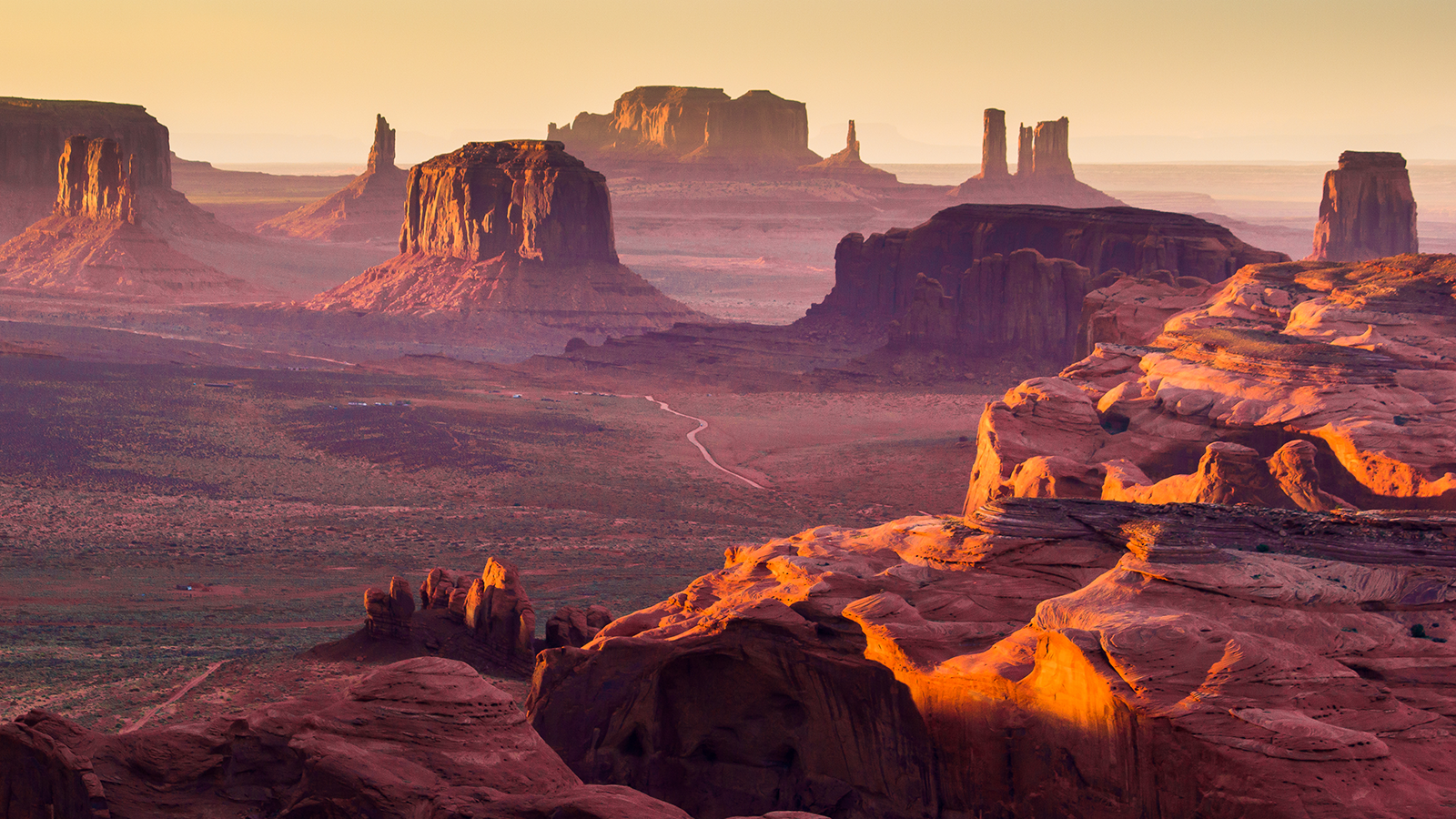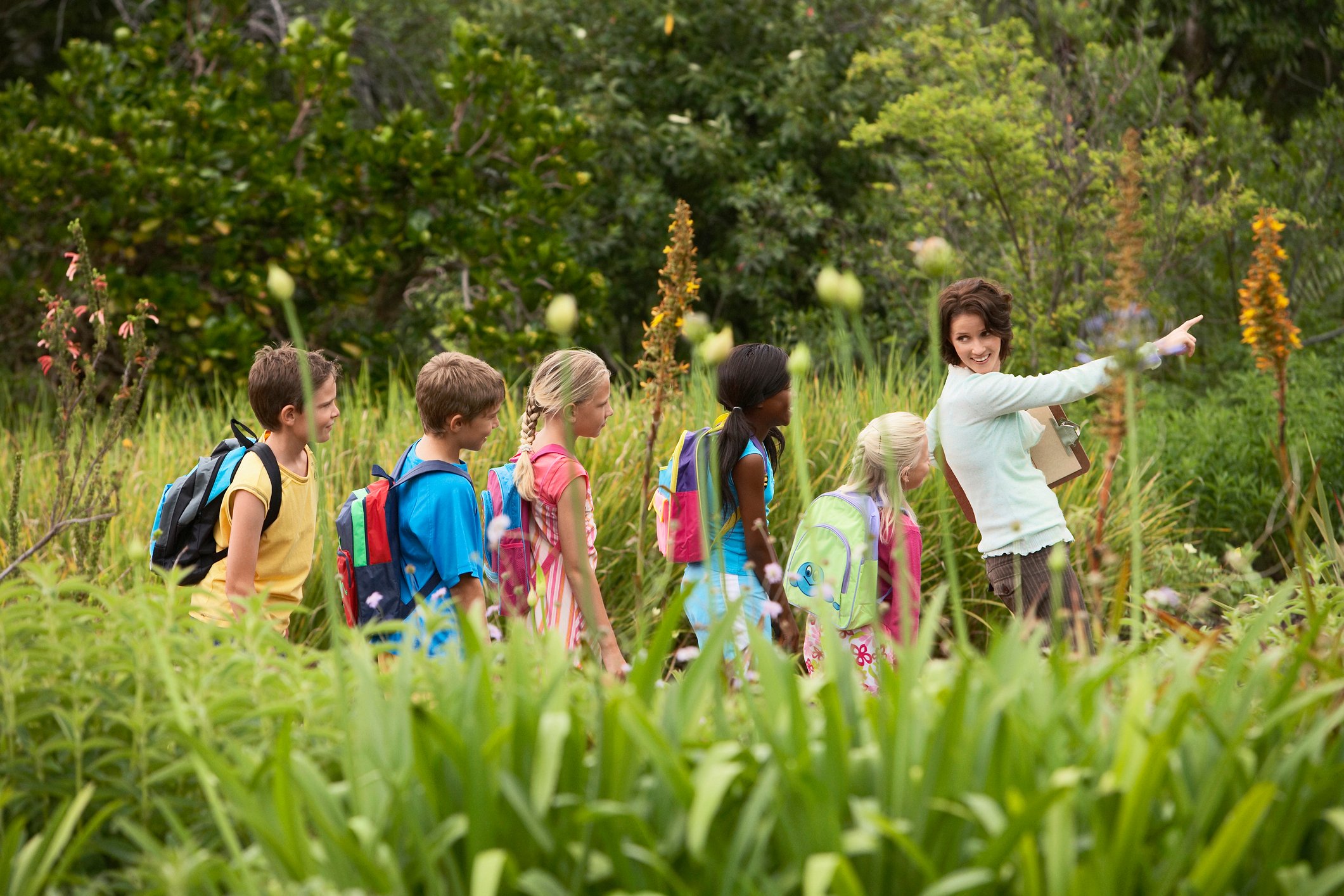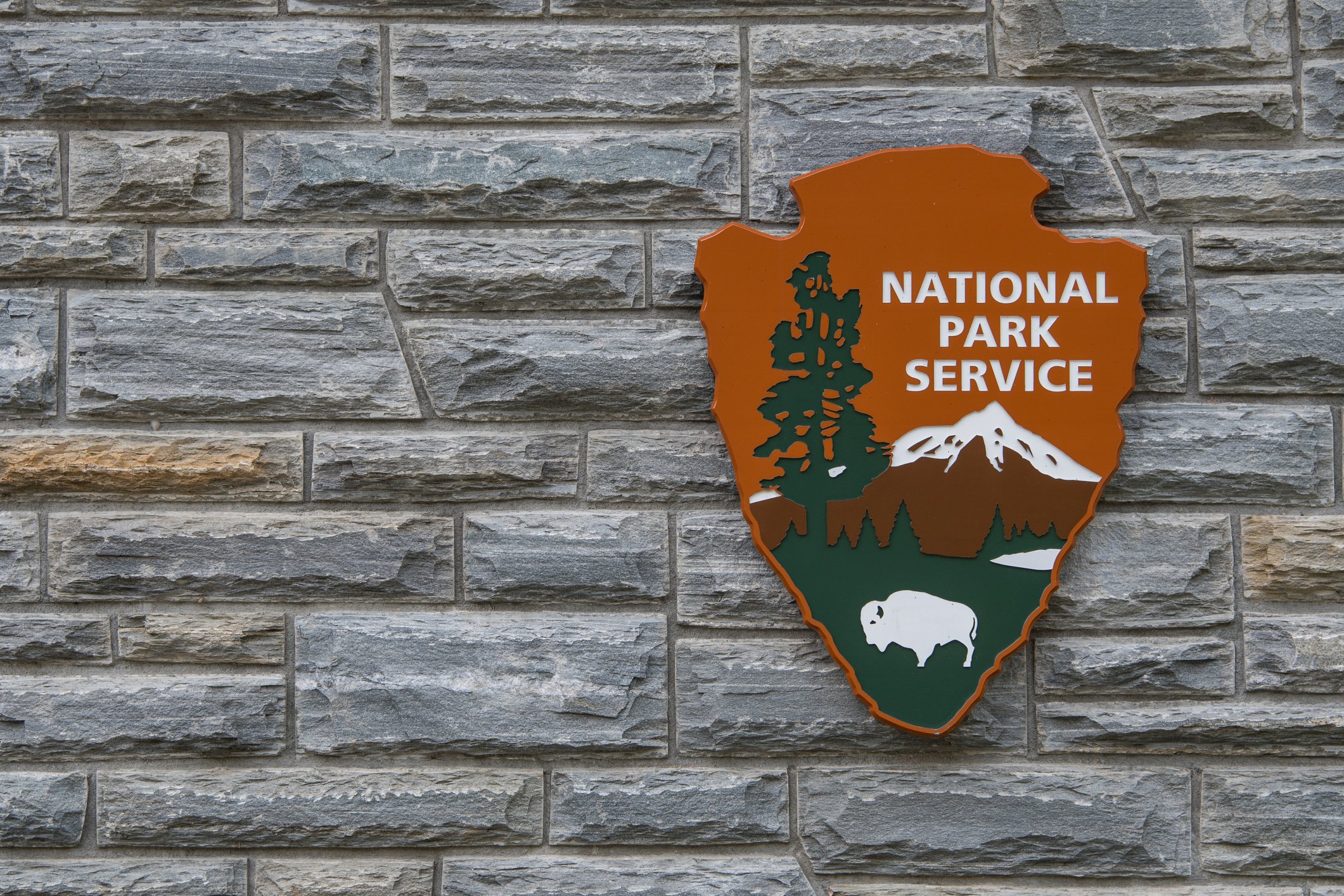
The public lands of the United States cover more than six hundred million acres and include national parks, national seashores, national wildlife refuges, wilderness areas, national forests, monuments, select lakes and seashores, underground mineral reserves, marine sanctuaries, historic and scenic trails, and national grasslands.
Most of the nation’s public lands are concentrated in the western states, but all fifty states have at least one area designated as public land. These lands provide natural resources, protect ecosystems, and offer places for outdoor recreation and education. Public lands offer an intriguing way to teach and an alternative to the indoor classroom.

Bring Public Lands into the Classroom
Diverse ecosystems provide opportunities for students to interact with the natural world and have meaningful lessons without a textbook. The possibilities are endless: following historical routes of explorers, judging the use of resources, examining the land (geography, geology, flora, fauna, climate), or experiencing the culture of a Native American tribe. With the Land Ordinance of 1785, the U.S Public Lands Survey established boundaries for land ownership. In order to make the distribution as equitable as possible, it decided to divide up the West with squares. Using public lands would be a great introduction to teaching students about township and range.
Many of the land management agencies have educational programs to encourage public lands as an outdoor classroom. For instance, the National Park Foundation created Parks as Classrooms, a program to promote parks as learning laboratories and create awareness and commitment to preservation of the park environment. Students can interact with the natural world, view historic sites and artifacts, and learn an appreciation for America’s most precious resource.
Another opportunity for teachers to get students outdoors and experience the relevance of public lands would be the celebration of National Public Lands Day (NPLD). NPLD is held yearly in late September. From its beginning in 1994 with 800 volunteers to the nearly 150,000 volunteers today, NPLD strives to build partnerships for the stewardship of America’s public lands. Volunteers build trails, plant trees, remove trash, improve habitats, and protect resources in over two thousand sites in all fifty states.

Student Activities
Have students identify endangered species in their state and create postcards of facts and pictures about the species. Since the arrival of Europeans in North America, more than five hundred species have become extinct. In 1973, Congress passed the Endangered Species Act, which encouraged states to develop and maintain conservation programs. Postcards created by students should include a photo or drawing, status details, life history, habitat designation, and recovery plans of the endangered species. Postcards should then be displayed on a bulletin board or used to play a game.
Have students collect information about a public land management agency and design a superhero to represent the agency. Superhero designs need to include the emblem for the agency and incorporate facts about the agency. Several departments of the US government manage public lands. Students can choose from the Bureau of Land Management, the USDA Forest Service, the US Fish and Wildlife Service, the National Park Service, or the Bureau of Reclamation. After designing superheroes, students will debate issues of land use and discuss challenges that land management agencies face.
Have students research a trail system and create a display board with a map and advertising for the system. Students should answer the following questions: Which states does the trail cross? Does the trail journey north/south or east/west? Does the trail cross any private land? Who manages the trail? There are a variety of trail systems that students could choose to research (Appalachian Trail, Arizona Trail System, East Coast Greenway, Great Western Trail). Students can discuss controversies of land use with such issues as motorized versus non-motorized forms of recreation.
We all share the ownership and responsibility of public lands. By introducing public lands through classroom lessons and outdoor experiences, teachers can help foster respect for the land and encourage responsible citizenship. These lands represent a priceless legacy that must be conserved for future generations. As our nation’s urban areas expand, our quality of life will be challenged through the loss of open spaces. We must begin in elementary school to educate our children on the importance of preserving public lands.
Enhance student learning with digital geography activities
Try a free 30-day trial of Nystrom World today
Kay Gandy is a retired professor of seventeen years and a retired elementary teacher of twenty-seven years. Her goal is to work with teachers in countries around the world and watch movies in foreign theaters. Her books Mapping is Elementary, My Dear and 50 Ways to Teach Social Studies provide practical lesson ideas for elementary teachers.
